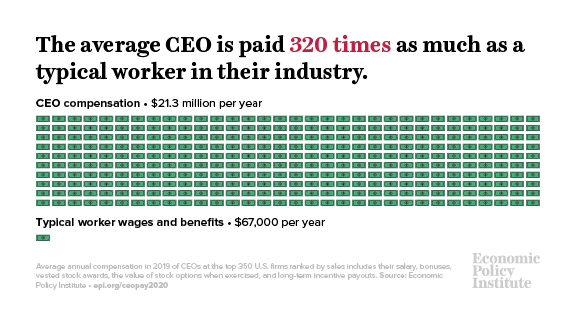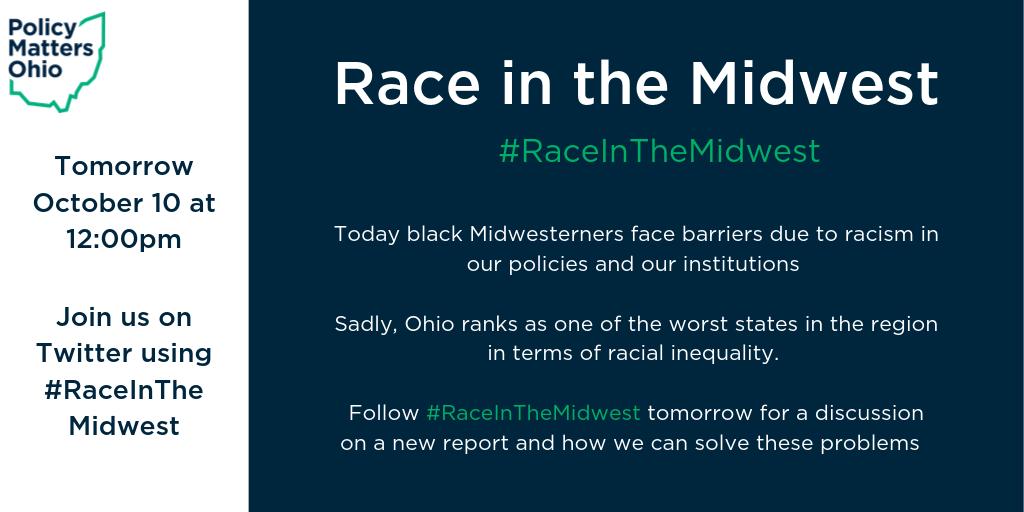
"The wage-setting mechanism in the U.S. labor market is massively broken," said @TheaLeeEPI during @SenSanders'
Senate hearing today on worker wages and benefits. c-span.org/video/?c494850… #RaiseTheWage #FightFor15 1/
Senate hearing today on worker wages and benefits. c-span.org/video/?c494850… #RaiseTheWage #FightFor15 1/

"Four decades of flawed policy decisions have systematically eroded the bargaining power of workers, while simultaneously concentrating the political power and wealth of large corporations and the wealthy." 2/
"The result is a labor market where—contrary to neoliberal economic equilibrium models—actual wage levels for most workers reflect generations of accumulated systemic racism, sexism, and occupational segregation; 3/
"where the federal minimum wage is egregiously inadequate, leaving too many workers below a decent and adequate standard of living; where workers’ ability to join in union and bargain collectively has been eroded; 4/
"and where highly profitable corporations remunerate their executives lavishly, but choose to pay poverty wages to their front-line and production employees." 5/
"This labor market outcome is not just unfair and inhumane for workers and their families trapped in low-wage jobs. It is also inefficient, in that it rewards a short-term business model characterized by high turnover and overreliance on government safety net programs." 6/
"It contributes to slower growth and growing inequality, especially along race and gender lines. And during the pandemic, we saw vividly that those workers most at risk of contracting the virus on the job were also disproportionately those earning at or near the minimum wage." 7/
"Congress has the opportunity now to pass the Raise the Wage Act, which is included in President Biden’s American Rescue Plan Act." /8
"The Raise the Wage Act would raise the minimum wage to $15 an hour by 2025, index it to the median wage, and eliminate the subminimum wage for tipped workers. Raising the federal minimum wage now is an essential element of a robust and equitable recovery package." /9
The economy can afford a much higher minimum wage. Read Thea Lee's full testimony here: epi.org/publication/ou… /10-end 

• • •
Missing some Tweet in this thread? You can try to
force a refresh








